What does the recent election mean for infrastructure?
After all of the mudslinging of the 2018 election, politicians on both sides of the aisle should be able to find common ground on one particular issue: infrastructure.
A midterm election shakeup in the House of Representatives means Democrats will take control for the first time in eight years. With the current highway authorizing law lapsing in 2020, incoming Transportation and Infrastructure Committee Chairman Peter DeFazio (D-Ore.) has expressed optimism about advancing robust infrastructure legislation.
Some priorities for the newly-elected Democratic House leadership? A long-term infrastructure funding measure and increased oversight of the Trump administration.
Back in February, President Donald Trump rolled out his $1.5 trillion “Legislative Outline for Rebuilding Infrastructure in America.” However, he has been unsuccessful in advancing this 10-year plan, even while his party held control of the legislative branch.
So how will he manage to further this plan with legislative control in the hands of Democrats?
DeFazio suggests that Trump and his officials abandon their proposal, which leans heavily on private-sector investments, and consider alternative infrastructure funding sources like federal government-backed accounts.
The president has since highlighted infrastructure policy as an area where he could work with Democrats, and DeFazio said he believes Trump is sincere, according to a Nov. 8 Transport Topics article.
“I think there’s going to be a lot of recalibration at the White House after this election.”
The Democrats’ infrastructure plan will focus on modernizing surface transportation and promoting funding for projects of regional significance which emphasizes resilience to severe weather, DeFazio explained.
DeFazio added that he would collaborate with colleagues on the tax-writing committee to identify direct funding sources for the plan, according to Transport Topics.
Possible source of funding
One source, the Highway Trust Fund, is responsible for funding infrastructure projects like public bridges, highways, and roads. Unlike sales taxes, which are set as percentages, taxes for this trust fund are set as dollar amounts.
Its funding largely relies on the federal fuel tax, which hasn’t seen a rise since 1993. The 24.4-cent-per-gallon diesel tax and 18.4-cent-per-gallon gas tax simply aren’t enough to secure the fund’s long-term solvency.
DeFazio claims he has “a clear vision for an improved transportation network and the experience to accomplish big things.”
However, if the government fails to come to an agreement on infrastructure at the federal level, this means responsibility for funding roads, bridges and other aspects of infrastructure related to the movement of freight will fall to the states, according to a Nov. 8 Transport Topics editorial.
What that may mean for infrastructure investment is not clear, but the midterm elections provide some clues when it comes to the states.
According to Transport Topics, voters in Colorado, Missouri and Utah rejected ballot proposals that would have raised dedicated funding for transportation projects, while voters in California, Louisiana and Connecticut approved measures that preserve existing funds for transportation. In Washington, voters rejected Initiative 1631, which would have imposed a carbon tax on large emitters of greenhouse gases.


